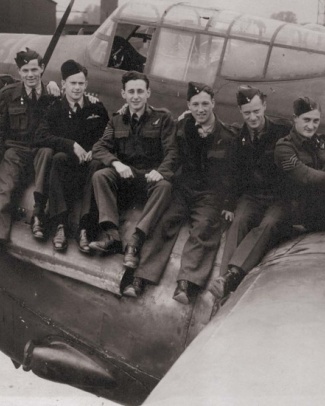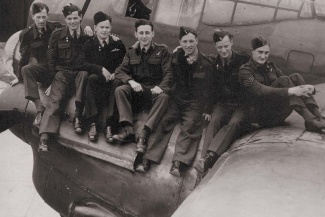With The Navigator coming to the Broadway Theatre on 19 November, being a show which follows the lives of a Lancaster bomber crew, we wanted to look more at the aircraft behind the show and the important role it played in the Second World War.
Five top facts about the Lancaster bomber
- The prototype Lancaster took to the air for its first flight from Ringway, Manchester, on 9th January 1941; the first production Lancaster flew later that year on 31st October.
- The performance of the Lancaster was simply outstanding. It could carry a maximum bomb load of 22,000 lb, its maximum level speed with a full load at 15,000 feet was 275 mph and it could cruise routinely at altitudes above 20,000ft at a range speed of 200 mph.
- An impressive total of 7,377 Lancasters were built between 1941 and early 1946. Of these, some 3,500 were lost on operations and another 200 or so were destroyed or written off in crashes
- The Lancaster did not carry the weight of the night bombing offensive against Nazi Germany on its own but was supported by other earlier twin-engine bombers such as the Wellington and the other four-engine RAF heavy bombers – the Stirling and the Halifax – as well as medium bomber versions of the twin-engine De Havilland Mosquito.
- In total some 125,000 aircrew served in Bomber Command during World War Two; over 73,700 of them became casualties, either killed, wounded or shot down and made PoWs.
Credit (raf.mod.uk)
How many people are needed for a Lancaster crew?
As can be seen in the diagram below, a Lancaster needed a crew of 7 people to be able to operate, with each of the different roles on the aircraft having their own unique set of skills.
Credit (bbc.co.uk)
To find out more about The Navigator, visit the Broadway Theatre website. Starts 6pm, Sunday 19 November. Tickets £16 Adults, £13 Concessions.



